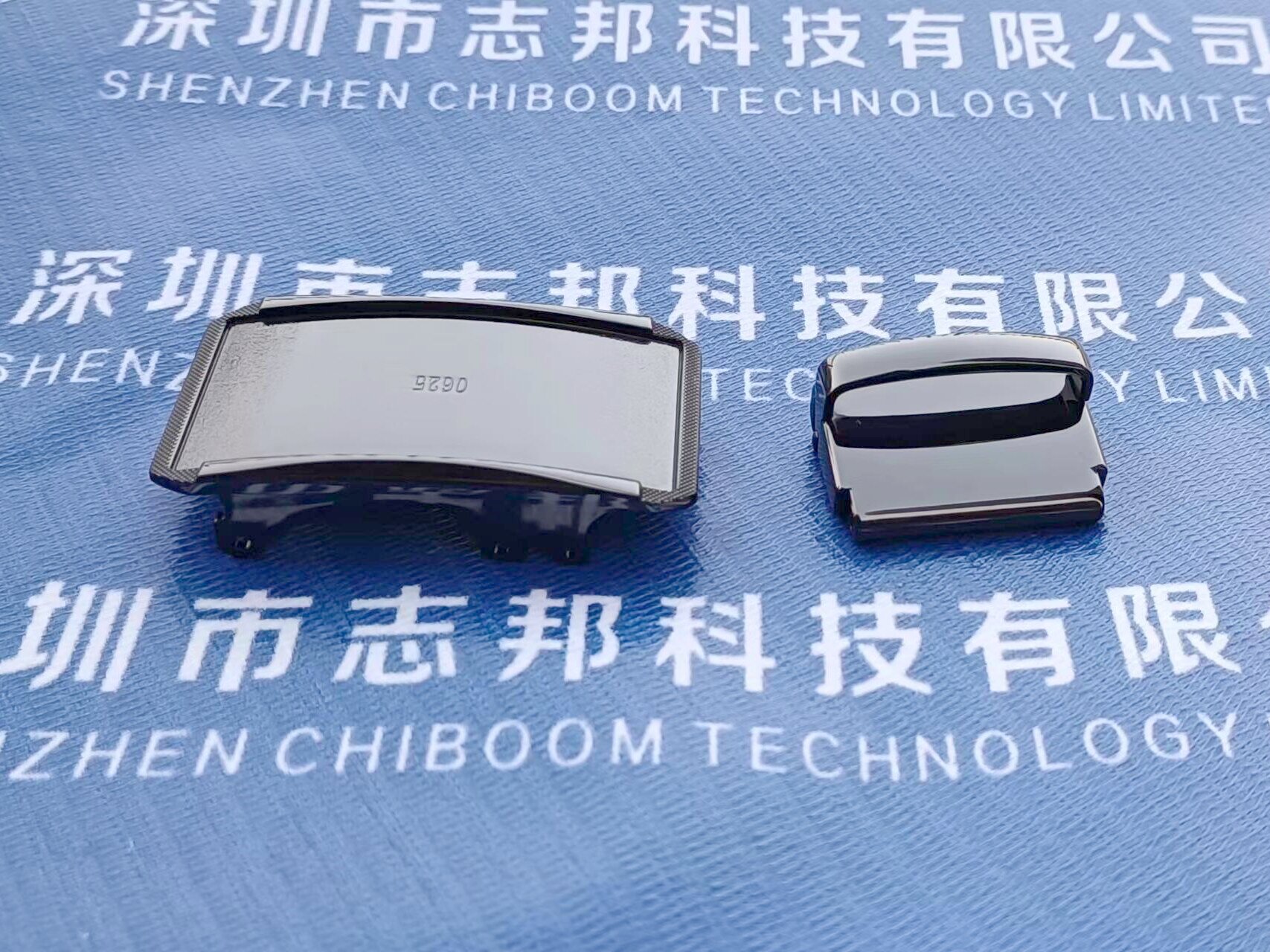The main function of electrophoretic paint
The main function of electrophoretic paint
Electrophoretic Paint: The Guardian of Metal Surfaces
Electrophoretic paint, also known as electrophoretic coating, is a special type of paint that forms a strong and aesthetically pleasing coating on metal surfaces. Its unique working principle and outstanding properties make electrophoretic paint occupy a pivotal position in the field of metal protection. This article will delve into the primary functions of electrophoretic paint to reveal its crucial role in metal protection.
Anti-Corrosion Properties of Electrophoretic Paint
The foremost function of electrophoretic paint is to provide robust anti-corrosion protection for metal parts. Metals are prone to chemical reactions such as oxidation and corrosion in natural environments, leading to performance degradation or even loss of functionality. Electrophoretic paint effectively isolates the metal from the external environment by forming a uniform and dense coating on the surface of the coated object. This coating not only prevents the infiltration of corrosive media such as water and oxygen but also resists the corrosion of acids, alkalis, and other chemicals, enabling metal parts to maintain good performance under various harsh environments.
Decorative Effect of Electrophoretic Paint
Apart from its anti-corrosion properties, electrophoretic paint also boasts excellent decorative effects. Electrophoretic paint comes in a variety of colors that can be customized according to specific needs, giving metal parts a more visually appealing appearance. Moreover, the coating formed by electrophoretic paint is smooth and even, with excellent gloss and texture, adding a sense of elegance and fashion to the metal parts. This decorative effect not only enhances the practical value of metal parts but also makes them more visually appealing.

Conductive Properties of Electrophoretic Paint
Another crucial function of electrophoretic paint is its conductive properties. Electrophoretic paint is an ion-type polymer coating that forms an electrically neutral wet paint film under the action of an electric field during the coating process. This wet paint film possesses good conductive properties, forming a uniform conductive layer on the surface of the coated object. This conductive layer not only effectively prevents the accumulation of static electricity but also serves as a conductive coating for electronic components, enhancing the performance and stability of electronic products.
Environmental-Friendly Properties of Electrophoretic Paint
With the increasing awareness of environmental protection, the environmental-friendly properties of electrophoretic paint have also garnered more attention. Electrophoretic paint uses water-soluble or water-dispersible ion-type polymers as film-forming substances, resulting in lower volatility and pollution compared to traditional solvent-based coatings. Furthermore, the wastewater, exhaust gas, and other waste generated during the electrophoretic coating process are relatively minimal and easy to dispose of. This environmental-friendly performance makes electrophoretic paint more widely applicable in the field of metal protection.
Wide Applications of Electrophoretic Paint
Due to its excellent properties, electrophoretic paint is widely used in various industries. In the automotive industry, electrophoretic paint is applied to the surface of car bodies for anti-corrosion and wear-resistant coating. In the furniture manufacturing sector, electrophoretic paint provides long-lasting anti-corrosion protection for wooden and metal furniture. In the electronics manufacturing industry, electrophoretic paint is used for surface coating of products such as mobile phones, computers, and cameras. Additionally, electrophoretic paint also finds applications in aerospace, architectural decoration, construction machinery, and other fields.
In conclusion, electrophoretic paint plays a crucial role in metal protection due to its anti-corrosion, decorative, conductive, and environmental-friendly properties. With the continuous advancement of technology and increasing environmental requirements, the application prospects of electrophoretic paint are expected to be even broader.





 WeChat
WeChat